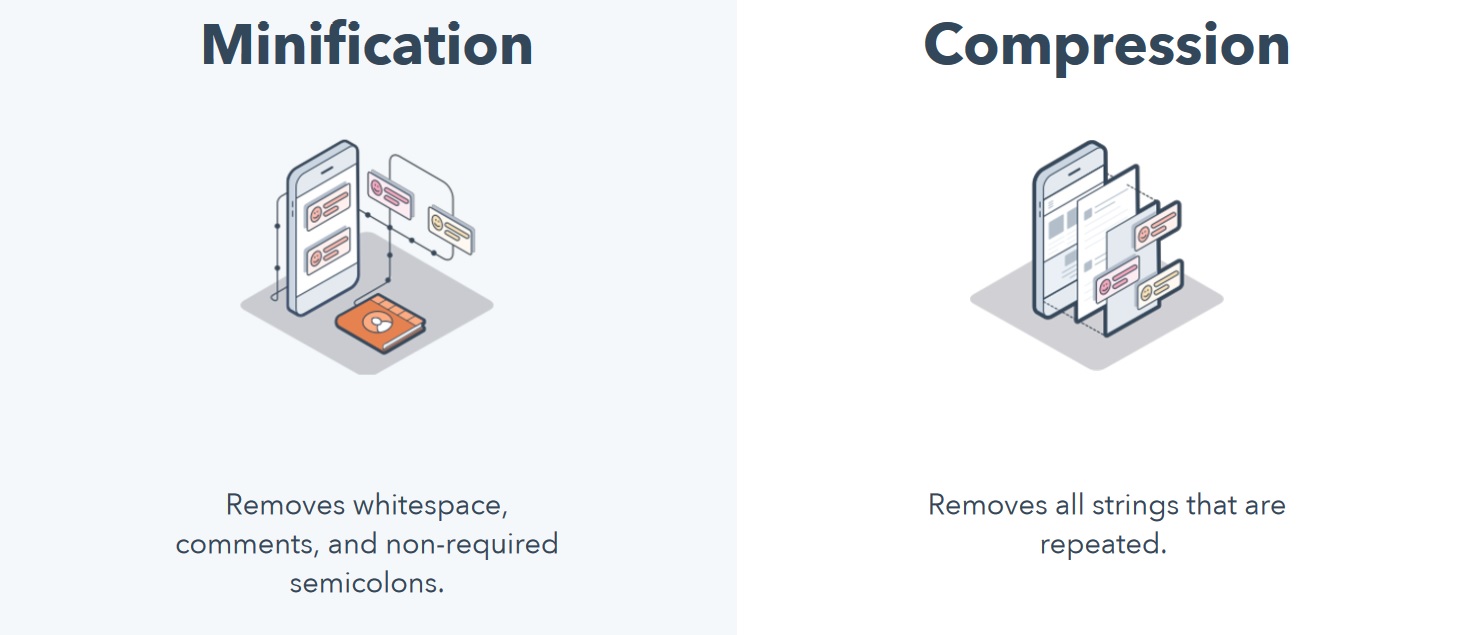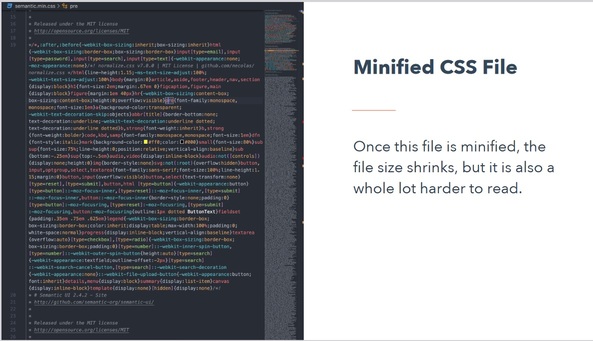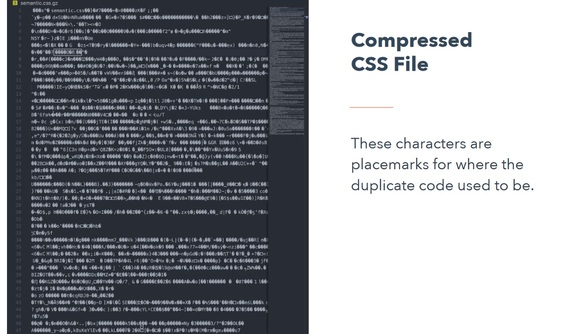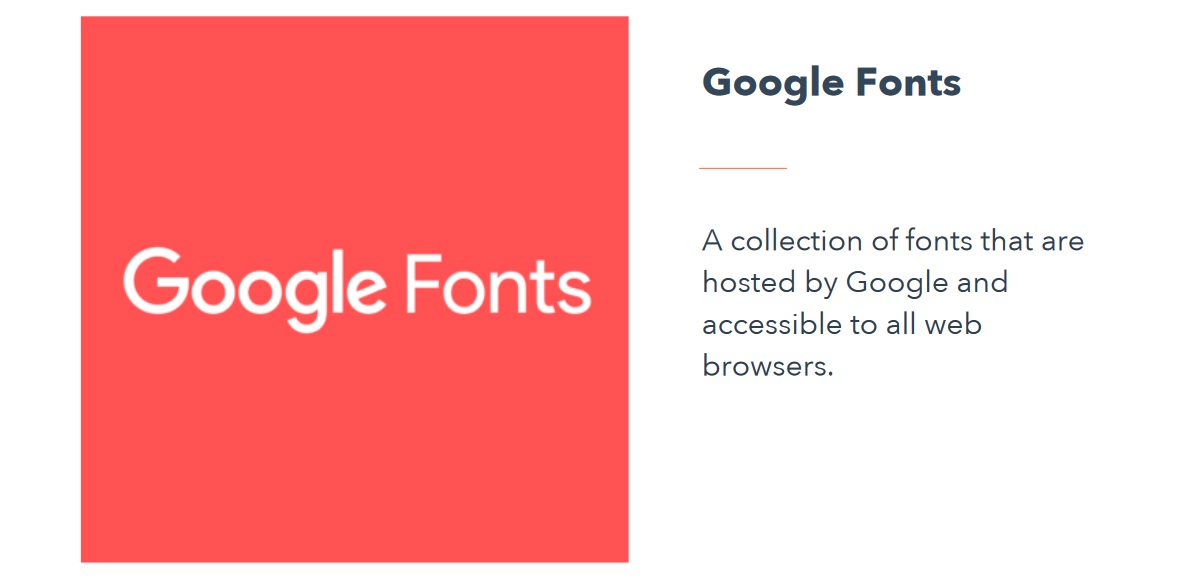Key Tactics for Improving Website Performance Efficiently
- Home
- Key Tactics for Improving Website Performance Efficiently
Why Website Load Time Matters
In the digital age, website load time is of paramount importance when putting together the fundamentals of a digital marketing campaign. A speedy website not only enhances user experience but also plays a pivotal role in organic search rankings and social media visibility.
The Impact of Load Time on Organic Search Rankings

Google has established a correlation between site speed and search engine ranking. Faster websites are rewarded with higher positions in the SERPs, leading to increased visibility and traffic. This happens because quick-loading sites provide a better user experience, something that Google values highly when determining page rank. The same is true for paid search. Load speed is a factor in PPC quality score which can directly impact your ROI from paid ads,
- User Engagement: Slow loading times can lead to high bounce rates as users tend to abandon pages that take too long to load.
- Crawl Budget: Site speed affects how often search engines crawl your site. If your site is slow, fewer pages will be crawled within their allocated budget, potentially affecting your indexation rate.
- E-commerce Success: For e-commerce sites especially, every second counts. A delay in page response can result in significant revenue loss.
The Role of Website Speed in Social Media Visibility

Social media algorithms prioritize content from websites that offer an excellent user experience - this includes fast loading times. When you share links from your website on platforms such as Facebook or LinkedIn, these platforms 'crawl' through the linked webpage assessing its quality including its load time before deciding how much exposure it should get within people's feeds. Facebook's algorithm, for instance, favours faster-loading webpages by giving them greater reach compared to slower ones.
Emails campaigns are also impacted by high-performing site pages. Slow-to-load pages will result in high bounce rates and that will feed back into poor email marketing campaign statistics.

To sum up: optimizing your website's performance isn't just about improving visitor satisfaction; it could also have real implications for SEO and social media marketing success. Ensure your website loads quickly and captures the attention of your visitors.
The importance of website speed cannot be overstated. Faster websites not only enhance user experience but also improve organic search rankings and social media visibility. Slow loading times can lead to high bounce rates, affect crawl budget, result in revenue loss for e-commerce sites, and limit exposure on social media platforms that prioritize fast-loading webpages.
Boost Your Website's Speed with Minification and Compression
In today's digital world, speed is key. A slow-loading website can be a major turn-off for users and drive them away. Luckily, there are two effective methods to improve your site's load speed: minification and compression. These techniques aim to reduce the size of your web files without affecting their functionality.

Understanding Minification for Web Performance Optimization
Minification is the process of removing unnecessary characters from source code without changing its functionality. This includes white spaces, line breaks, comments, and block delimiters that are used for readability but not required for execution.
- CSS Minification: This involves removing unnecessary spaces, line breaks, and comments from CSS files to reduce their size.
- Javascript Minification: Similar to CSS minifying, this also removes all extra spaces, lines, and comments from Javascript files.

The result? Your website's file sizes decrease significantly, leading to faster loading times.
The Role of Compression in Speeding Up Your Website
Besides minifying your resources, another technique you can use is compression. It works by finding similar strings within a text file and temporarily replacing them with smaller strings, making the overall file size much smaller than the original one. The most popular method of compressing data on the web today is Gzip compression.
- Gzip Compression: This method reduces the size of HTTP responses, thereby decreasing response time between the client's browser and server, resulting in improved page load speeds.

To put it simply: think about packing for a trip where you need to fit as many clothes into your suitcase as possible. You wouldn't just throw everything in there; instead, you'd neatly fold each item (minify) and then vacuum-seal it (compress) so it takes up less space. That's exactly what we're doing here with our website files using both minification and compression techniques. Together, they make an excellent strategy for achieving better webpage performance.
This section discusses two effective techniques to improve website performance: minification and compression. Minification involves removing unnecessary characters from source code, while compression reduces the size of HTTP responses using Gzip compression. Together, these techniques can significantly decrease file sizes and lead to faster loading times for your website.
Why Google Fonts are Better Than Custom Fonts for Your Website

Don't let custom fonts slow down your website. Instead, opt for Google Fonts to improve your site's loading speed without sacrificing style.
Why Choose Google Fonts?
Rather than using custom typefaces, which can slow down loading time as each font needs to be downloaded by the user's browser, Google Fonts offers a quicker delivery and lower latency. Google Fonts are hosted on Google's servers, providing faster delivery and lessening latency. Plus, since many websites use them, search engines like Google Search prioritize sites with common elements like these popular typefaces in their ranking algorithm.
How Do Google Fonts Affect Site Loading Speed?
When a page loads, the HTML file is loaded first, followed by CSS (which includes font files), and then JavaScripts if any exist. If you're using multiple or large custom font files in your CSS, it could delay the rendering of visible text, causing an unpleasant 'flash' effect for visitors while waiting for these resources to download.
- Faster Load Times: Google Fonts are hosted on globally-distributed servers with smart caching strategies, offering faster load times compared to self-hosted or third-party hosted options.
- Caching Benefits: Browsers cache commonly used web resources like popular Google Fonts, so if your visitor has been on other sites employing similar typography choices, those assets won't need re-downloading, speeding up page display times.
- Simplified Implementation: Implementing Google Fonts onto your webpage involves copying some lines of code provided by them into appropriate sections within your HTML document, making it easier than dealing with various formats required for cross-browser compatibility issues often encountered during manual embedding processes involving traditional methods.
So, if you want to improve your website's performance and ensure seamless viewing experiences across different devices and platforms, choose widely-used solutions like 'Google WebFonts for better SEO rankings too.
Custom fonts can slow down your website, so it's better to use Google Fonts. They are hosted on Google's servers and offer faster load times with caching benefits. Implementing them is also easier than traditional methods for cross-browser compatibility issues.
Leveraging Open Source Bundlers
Website performance optimization is crucial for a great digital experience. An open-source bundler is a utility that can considerably improve the speed and performance of your website. But what are these tools, and how do they contribute to web optimization? Let's delve into this topic.
What are open-source bundlers?
An open-source bundler is a software utility designed to combine or "bundle" numerous files into one or more aggregated files. Open source bundlers are utilized in web dev to consolidate JavaScript, CSS, HTML and other elements essential for displaying a website.
The main advantage of using an open-source bundler is reducing HTTP requests. Each file on your website represents an individual request from the browser to the server. By combining multiple files into single bundles, you're effectively decreasing the number of such requests, leading to faster page load times.
Benefits of using an open-source bundler for web optimization
- Moving Render-Blocking JavaScript: Render-blocking refers to any resource that prevents visual content from being displayed until it has been fully loaded by the browser. An efficient way around this issue involves moving render-blocking scripts lower down in your code structure so that visible content loads first - something easily achieved with an open-source bundler like Webpack's Code Splitting feature.
- Bundling Text Resources: Combining text-based assets (like CSS & JS) reduces network latency associated with loading multiple small files, thereby improving overall site performance.
- Easing Development Process: Many modern front-end frameworks rely heavily on module systems, which can be quite complex when handled manually but become much simpler when managed through automated processes provided by the most popular bundle managers.
- Avoiding Redirects: If not properly managed, redirects may slow down page load time as each redirect triggers another HTTP request-response cycle. Good practice involves minimizing redirects where possible - again made easier through the use of appropriate bundle management tools.
In essence, leveraging open-source bundlers provides both immediate benefits in terms of improved website speed as well as long-term advantages regarding ease of development and maintainability due to their modular nature and community support features inherent within the most popular options available today.
To conclude, if you're serious about optimizing your website's performance, incorporating suitable bundle management strategies should definitely be part of your toolkit.
Open source bundlers are software utilities that combine multiple files into one or more aggregated files, reducing HTTP requests and improving website performance. They can move render-blocking JavaScript, bundle text resources to reduce network latency, ease the development process, and avoid redirects. Leveraging open-source bundlers provides immediate benefits in terms of improved website speed as well as long-term advantages regarding ease-of-development and maintainability due to their modular nature and community support features inherent within most popular options available today.
Caching For Better Performance
By utilizing caching, a technique that stores frequently accessed data in temporary storage, it is possible to reduce network costs and enhance the delivery speed of resources to users' browsers. By storing frequently accessed data in temporary storage space, or 'cache', you can significantly reduce network costs and improve the speed at which resources are delivered to users' browsers.
Basics About Caching in Web Development
In simple terms, caching is a method used by web developers to store copies of files or data on local servers. This means that when someone visits your site for the first time, their browser downloads all necessary files from your server and stores them locally. On subsequent visits, instead of downloading everything again from scratch (which takes time), the browser retrieves most of what it needs from its cache - hence speeding up page load times considerably.
Types of Caching
- Data Caching: Involves storing database query results so that the same result set can be returned without executing the query again.
- Browsing Caching: Allows some parts of a webpage like CSS or JS file stored within the user's browser itself so they don't have to download every single element each visit.
- DNS Cache: Refers to temporarily storing information about previous DNS lookups for a certain period of time.
The Correlation Between Efficient Caching Strategies & Improved Webpage Speeds
A well-implemented caching strategy will make an enormous difference not only in how quickly your pages load but also in how smoothly they run once loaded. When done correctly, efficient caching strategies can lead to faster rendering times and improved user experience as visitors navigate through different sections of your site with ease. Cache headers, for instance, control who can cache content and under what circumstances; these play a crucial role in implementing an effective caching strategy.
But remember: just like any other aspect of the web development optimization process, there's no one-size-fits-all solution here. It requires careful planning based on the specific needs and unique characteristics of your particular website. In essence, though, the goal should always remain the same: minimize the amount of unnecessary traffic between the client and server while maximizing the use of available bandwidth. That way, we're able to ensure optimal performance across the board regardless of the device or connection type the visitor might be using.
To put it simply: if you want better performance out of your website - start considering effective ways to implement a robust and efficient caching system today.
Caching is a crucial technique to optimize website performance by storing frequently accessed data in temporary storage space. It involves methods like data caching, browsing caching, and DNS cache that help reduce network costs and improve the speed at which resources are delivered to users' browsers. Implementing an efficient caching strategy can lead to faster rendering times, improved user experience, and optimal performance across devices regardless of connection type.
FAQs in Relation to Improving Website Performance
How to Improve Website Performance?
Optimize load times through minification and compression, leverage Google Fonts over custom fonts, utilize open-source bundlers, and implement efficient caching strategies to enhance your website's performance. [source]
What Makes a Website High Performance?
A high-performance website is characterized by fast load times, efficient resource usage, a comprehensive content framework generating optimized content delivery via caching and compression techniques, as well as effective use of open-source bundlers and web-safe fonts like Google Fonts.
What Affects Website Performance?
Factors affecting website performance include server response time, and page size (affected by static image sizes and video load times). Efficiency (minification), network conditions (compression), and font loading methods, among others. [source]
How to Measure Website Performance?
Measure website performance using various metrics such as Time To First Byte (TTFB), First Contentful Paint (FCP), Largest Contentful Paint (LCP), Cumulative Layout Shift (CLS), etc., which provide insights into the user experience. [source]


